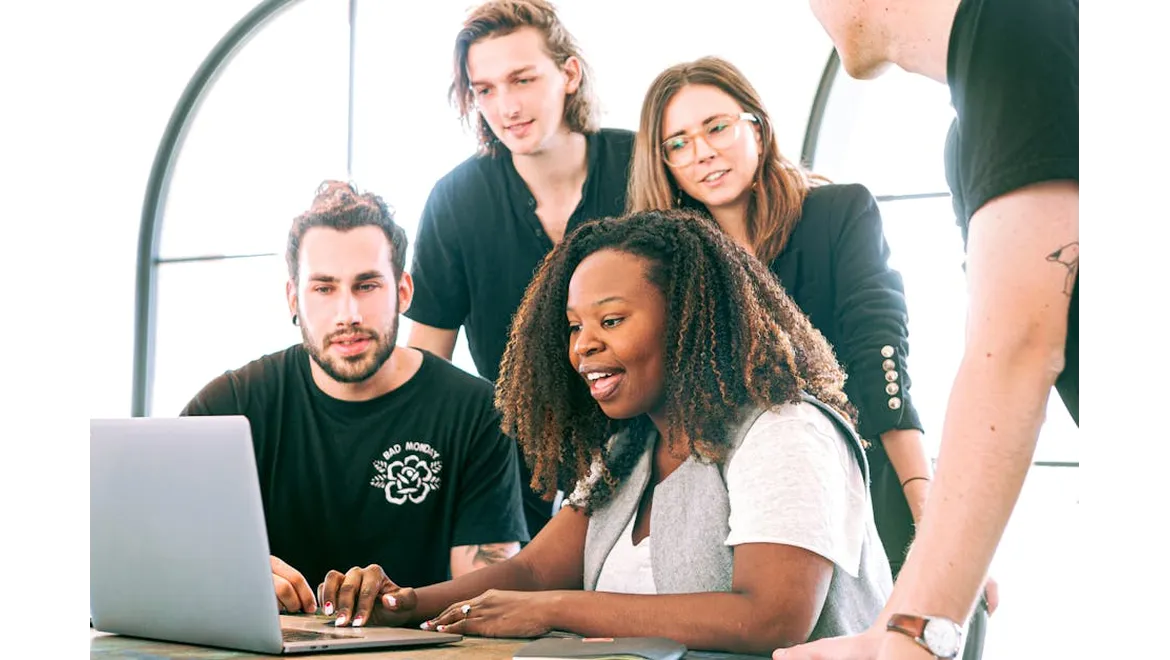Okay, so I was just chatting with Michael the other day about Facebook, and how everyone’s always moaning that organic reach is dead. He’s a marketing whiz, particularly when it comes to the influencer scene, so I wanted to pick his brain about how to actually generate new business on Facebook these days, not just shout into the void.
Our conversation kept circling back to two key things: influencer co-creation and micro-influencer networks. It’s moved beyond simply paying someone with a large following to slap your product on their feed. We need to be smarter, right? That’s what Michael was saying.
Diving Deep: Influencer Co-Creation
“Think about it,” Michael said, leaning back in his chair, “instead of just giving an influencer a brief and letting them run with it, why not actually co-create the content with them?”
It makes perfect sense. These influencers (especially the genuine ones) know their audience. They know what resonates. Why not tap into that knowledge from the start?
We talked about a hypothetical scenario – a small, independent coffee roastery wanting to boost sales. Instead of just sending a bag of beans to a food blogger, they could collaborate on a series of posts:
- Behind-the-Scenes Videos: The influencer could film a day with the roaster, showing the sourcing process, the roasting techniques, the passion that goes into each batch. This isn’t just advertising; it’s storytelling.
- Recipe Development: Collaborating on a unique coffee-based recipe (a latte, a dessert, even a savoury dish). The influencer creates the recipe, films a tutorial, and shares it with their audience, tagging the coffee roastery, of course.
- Live Q&A: Host a live Q&A session on Facebook Live where the influencer and the roaster answer questions from the audience about coffee, the brand, and the co-created content. This builds community and provides direct engagement.
The key here is authenticity. Michael emphasized the importance of finding influencers who genuinely align with the brand’s values and target audience. Someone who already loves coffee is going to be much more believable than someone who’s just in it for the paycheck.
The Power of Micro-Influencer Networks
This is where things got really interesting. Michael mentioned micro-influencers – individuals with smaller, more niche followings but incredibly high engagement rates.
“Forget chasing the mega-influencers,” he said, “Think smaller, think more targeted. Build a network of micro-influencers who speak directly to your ideal customer.”
Again, going back to the coffee roastery example, imagine partnering with several local foodies, book bloggers who enjoy a morning coffee, or even local artists who frequent coffee shops for inspiration. These micro-influencers, while not having massive followings, likely have highly engaged audiences within a specific geographic area or interest group.
To manage a micro-influencer network, Michael suggested a few things:
- Identify your niche: Who are you trying to reach? Be specific. Coffee lovers in London? Mums who work from home? Vegan athletes?
- Find relevant micro-influencers: Use tools like social listening platforms or even just good old-fashioned searching on Facebook and Instagram using relevant hashtags.
- Offer genuine value: Don’t just ask them to promote your product. Offer them free samples, early access to new blends, or even the opportunity to co-create content (as we discussed earlier).
- Track everything: Use UTM parameters in your links to track website traffic, monitor engagement on their posts (likes, comments, shares), and, most importantly, track sales conversions. Facebook Analytics is your friend here!
Measuring the ROI
Speaking of tracking, we spent a good chunk of time discussing how to measure the ROI of these campaigns. Michael broke it down into a few key metrics:
- Engagement Rate: How many people are liking, commenting, and sharing the content? A high engagement rate indicates that the content is resonating with the audience.
- Reach: How many unique users are seeing the content? This helps you understand the overall exposure of your campaign.
- Website Traffic: Are people clicking through to your website from the influencer’s posts? Use UTM parameters to track this traffic and see which influencers are driving the most valuable traffic.
- Lead Generation: Are you capturing leads through the campaign? For example, are people signing up for your email list after seeing an influencer’s post?
- Sales Conversions: Ultimately, are people buying your product or service as a result of the campaign? Track sales conversions to see the direct impact on your bottom line.
Michael also emphasized the importance of using Facebook Analytics to monitor campaign performance. This tool allows you to track website traffic, conversions, and audience demographics, giving you valuable insights into what’s working and what’s not.
He also said the importance of a Facebook pixel. “A Facebook pixel” he said “allows you to track the actions people take on your website after clicking on your Facebook ad. This is invaluable for retargeting purposes”.
We also discussed that this means you can use Facebook Pixel to target ads towards those most likely to convert. “It’s simple” said Michael “those who have bought from you before are more likely to buy again, so creating ads to target them is a safe bet”.
So, Where Does This Leave Us?
What became clear is that the old way of simply paying for views isn’t enough. We need to think about how to weave ourselves into the fabric of the audience of your target demographic. Consider building a genuine relationship. Work with influencers who not only believe in your product but who also enjoy the creative partnership. Understand your niche audience, treat them with respect, and be confident in what you’re doing. By working closely with a team of passionate and trustworthy people, you should be able to use their following to engage with your target audience to build trust and hopefully increase sales.
It’s about building authentic relationships, co-creating valuable content, and leveraging the power of micro-influencer networks. It’s a more strategic, long-term approach, but one that Michael firmly believes is the key to unlocking new business on Facebook in 2024 and beyond.











